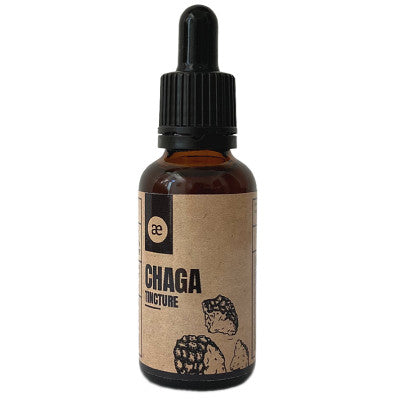1
/
of
1
Chaga
Chaga
Regular price
R 200.00 ZAR
Regular price
Sale price
R 200.00 ZAR
Unit price
/
per
Tax included.
Couldn't load pickup availability
Share


